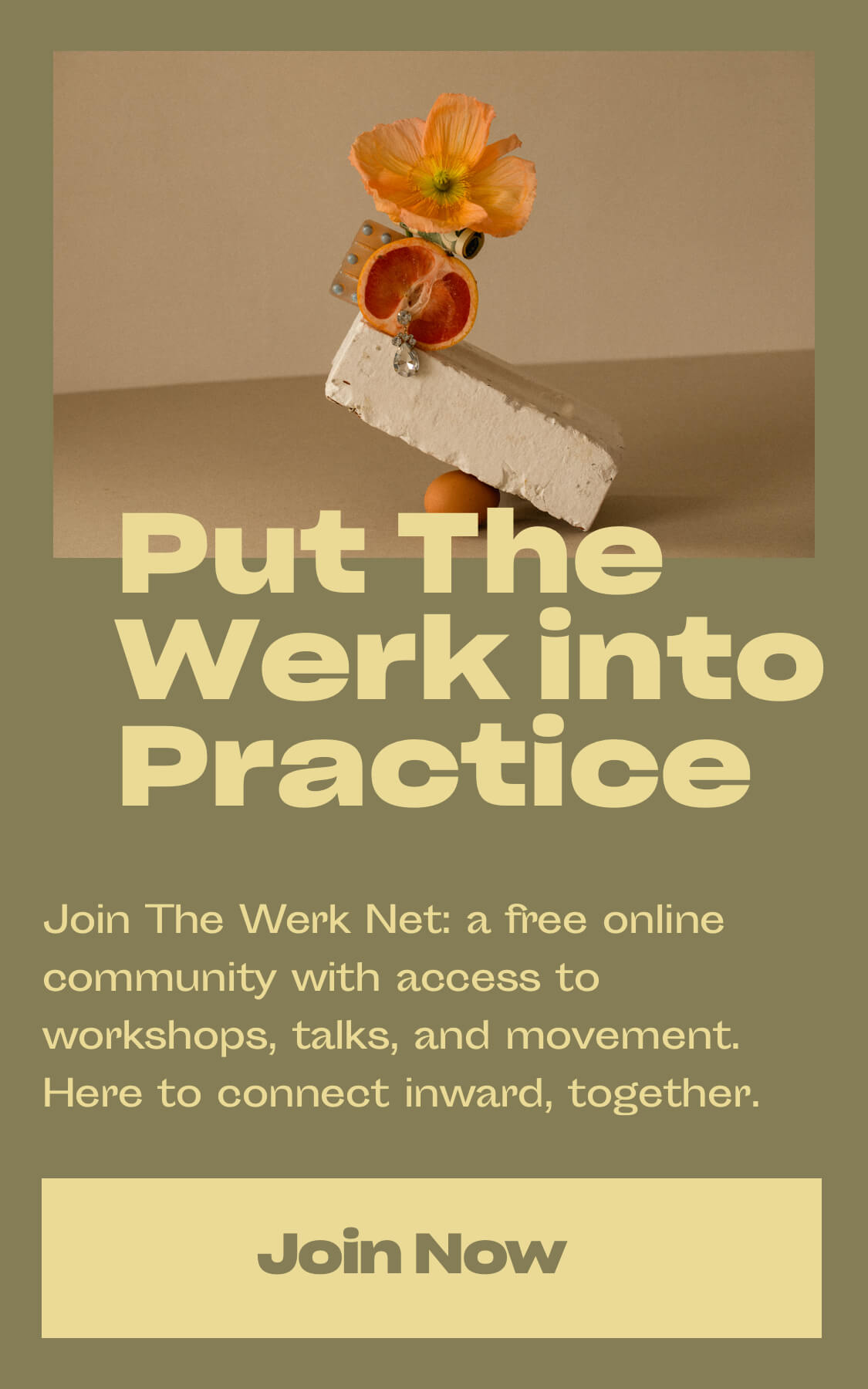7 Things A Creative Director Learned From 10 Years Of Working With Nonprofits
Michael Yuasa created an agency for an ever-growing list of nonprofit clients desperately in need of a refresh. Here’s how he continues to find success.
In the summer of 2019, a digital campaign of stylish, somewhat-eccentric queer seniors took over the mammoth digital billboards that surround New York’s Times Square, with an apt slogan: We refuse to be invisible. Perhaps not surprisingly, SAGE (Services & Advocacy For LGBTQ+ Elders) was behind the project, but it had two crucial collaborators: photographer Ari Seth Cohen (of Advanced Style fame) and Antarctic Agency — Michael Yuasa’s digital agency that has been helping nonprofits revamp their growth strategies for over a decade.
If a focus on nonprofits sounds odd in an ad world constantly optimizing for maximum profit, that’s because it is. But Yuasa’s not one to conform for the sake of reinforcing the status quo; if anything, he prefers to reject it in favor of something more meaningful.

SAGE's campaign in Times Square.
“It’s a personal thing for me,” he explains. “Working with nonprofits requires the same amount of tenacity and focus as regular agency work. So I figure, if I’m going to use all of that, it might as well be to help people.”
Yuasa is the first one to concede: working with nonprofits is incredibly hard work. But the reward somehow always outweighs the cost; and the fact that Yuasa has been doing this for more than 10 years stands as proof that it continues to be worth it. Ahead, the creative director unpacks the most powerful, practical lessons he’s learned from working with nonprofits and cause-based organizations.

More from Antarctic Agency's work with SAGE.
1. Apply the e-commerce model
We apply all the same principles from e-commerce. Think about it — if you’re an e-comm company, you’re trying to get people to buy, and creating a persuasive design experience to get people to make a purchase. Essentially, you’re communicating your unique value proposition. So it’s the same with nonprofits — you’re trying to get people to donate, and communicating why that’s important and what the impact of that donation would be. It’s all the same tools.
2. Clarify the message
When it comes to solidifying how they communicate, a lot of nonprofits get really caught up. Everyone at a nonprofit is making less money than they would at a for-profit company, so of course you really want everyone’s voice to be heard internally. But what ends up happening, from a marketing standpoint, is that you have 10 different messages going out, and the organization bio turns into this page-long thing that you can’t read. It’s not geared toward anyone. So we work to really refine all that messaging and clean it up, so that it’s easily understandable and can be communicated efficiently.
3. Put the donor in the driver’s seat
You have to make it about them; make them feel like the hero. There’s kind of this attitude [with nonprofits] where they say, We do all these things, look at all the great things we do but it needs to be more like, This is the impact that you as the donor can make...look at all the great things that you’ve enabled us to do.
4. Be prepared for messy tech...
Nonprofits’ technology is often a mess. We have a lot of big ideas, and organizations have big ideas, but a lot of them are just not up to speed on keeping up with their online presence. I think they’re getting better and better at it, because financially, the donations are coming in through the sites, but sometimes we get caught up in the technology not being able to really communicate our workforce.

Michael Yuasa.
5. ...and overworked people
On top of [the tech problem], nonprofits are often understaffed. So we come in and help, but that person in that department [who’s doing four jobs at once] has so much going on that they’re often overwhelmed. That makes speed and execution tough.
6. Prioritize your team
I can’t understate the importance of hiring the right people. Make sure that everyone understands the intensity of the work — not that any agency is not involved, but, you know — be transparent about the workload. The team piece is the biggest thing. You can’t do creative work in a silo.
7. Remember: great storytelling is at the heart of every successful campaign
You have to constantly communicate the fact that no one wants to look at anything boring. People want to be entertained. It’s not a fact sheet, it’s a story. So it’s about always taking that step back from the work and asking yourself, Would this move me emotionally? Is this fun? Is this something I would want to look at? And then if you're really getting critical, Is this boring? And obviously you want to steer clear of that.
In a nutshell: if it doesn’t look good, and it’s not something you would want to read, people aren’t going to engage. Make sure the work is really good and emotionally powerful. It’s your job to communicate why [your target audience] should care.
This post is tagged as:
You may also like...
The Latest
People & Places
How Ara Katz is Redefining “Self-Care” as Rooted in Science with Seed
The co-founder, mother, and self-proclaimed serial entrepreneur unpacks her philosophy on what it means to be well. Ara Katz hates the word “success”. Not because of its listed definition in a di...

Do Good Werk
9 Passive-Aggressive Email Phrases That Are Basically Evil
A Rosetta Stone for every time you want to :’).

Woo Woo
Get to Know Your Astrological Birth Chart
How to find meaning in the stars — and what it means for you.

People & Places
The 5 Best Places In New York To Meet Your Next Investor
Where to rub shoulders with the city's movers and shakers.

Do Good Werk
10 Unhealthy Thoughts You Convince Yourself Are True as a Freelancer
If you work alone, you might be particularly susceptible to distorted thoughts that hurt your mental health.

People & Places
Creating a Conference-Meets-Summer-Camp for Adult Creatives
An interview with Likeminds founders Rachael Yaeger and Zach Pollakoff This past September, I sat in front of an obituary I wrote for myself after a session with a death doula. No, I didn’t know w...

People & Places
When Something Golde Stays: An Interview with Golde’s Co-CEOs
“For us it was never a question,” says Issey Kobori, speaking of the decision to build a business with his partner Trinity Mouzon Wofford. At just shy of 27, Kobori and Wofford have secured a host ...

Better Yourself
Are They Toxic? Or Are They Human?
There’s a difference between putting up boundaries and putting up walls, and the latter is what breaks relationships.

Do Good Werk
How To Combat Seasonal Affective Disorder At Work
Here’s what to do if seasonal affective disorder starts to take a toll at the office.

People & Places
Reclaiming Womxn's Wellness Spaces from a White-Dominated World
How The Villij built a collective that their community can connect to.





